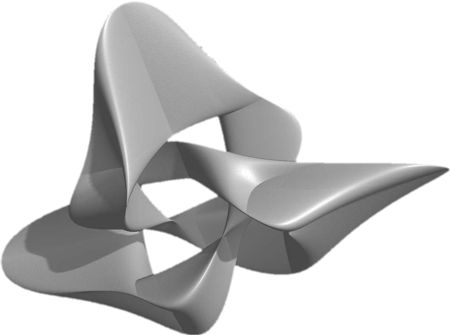Why did I choose Orcas for this story?
Diving Deep into the Mind of Orcinus orca: The Killer Whale’s Brainy Side
When you picture the majestic Killer Whale, or Orcinus orca, you might imagine a sleek, powerful predator patrolling the ocean depths. But there’s more to these incredible creatures than their hunting prowess and striking black-and-white appearance. Hidden within their large, sophisticated brains lies a remarkable structure known as the cerebral cortex, or pallium. A powerhouse of cognitive function that plays a crucial role in their complex behaviors.
The Cerebral Cortex: The Brain’s Command Center
The cerebral cortex, often called the pallium in mammals, is the outermost layer of the brain. Think of it as the brain’s command center, responsible for many of the higher functions that define intelligence: perception, decision-making, social interactions, and even the ability to learn and adapt. In humans, this area is famously associated with our capacity for abstract thought, language, and creativity. In the animal kingdom, a well-developed cerebral cortex is a strong indicator of advanced cognitive abilities.
Brainy Comparisons: Humans, Dogs, and Killer Whales
Now, let’s talk neurons the tiny, electrified messengers that carry out the brain’s work. Neuron counts in the cerebral cortex can offer intriguing insights into an animal’s potential for complex thought and behavior.
- Humans: Our cerebral cortex is a marvel, housing roughly 16 billion neurons. This dense network is the foundation for our abilities to reason, communicate, and create art, science, and technology.
- Dogs: Our loyal canine companions have a cerebral cortex containing between 500 million to 2.5 billion neurons. While impressive and perfectly tuned for their way of life, supporting everything from emotion to learning, they simply don’t pack the same number of neurons as humans.
- Killer Whales: When it comes to killer whales, the story gets even more fascinating. While exact counts are still a subject of research, preliminary findings suggest that the number of neurons in a killer whale’s cerebral cortex is 43 billion neurons! These numbers are subject to ongoing research because cetacean brains have a different structure and neuron density compared to primates. As scientists continue to refine their methods and gather more data, the exact number may be adjusted.
- Still, the killer whale’s unique blend of advanced social intelligence and powerful, coordinated behaviors, traits that have earned them the title of apex predator in the marine world.
Life in the Ocean: More Than Just a Predator
The advanced cerebral cortex of the killer whale isn’t just a neurological curiosity it’s a key player in their daily life. These intelligent mammals live in tight-knit, matrilineal family groups where communication is as essential as the ocean currents. Killer whales are known to develop unique dialects, with distinct calls that vary from one pod to another. These vocal “languages” help coordinate hunting, navigate vast ocean territories, and maintain social bonds that can last a lifetime.
Their brainy build supports a wide-ranging diet, from fish and squid to marine mammals like seals and even other whales. Each hunting expedition is a testament to their ability to plan, execute, and adapt—all thanks to the high-level processing in their cerebral cortex.
Conclusion
Orcinus orca is much more than a top-of-the-food-chain predator. Their cerebral cortex, a hub of advanced cognitive processing, is a testament to their sophisticated social structures, intricate communication, and adaptable hunting strategies. While killer whales may have fewer cortical neurons than humans, they boast a count that surpasses that of many other mammals, like dogs, perfectly suiting their complex, dynamic life in the ocean. Next time you imagine the killer whale gliding through the blue depths, remember that beneath its sleek exterior lies a brain built for brilliance, proving once again that nature’s most formidable hunters are as smart as they are strong.
